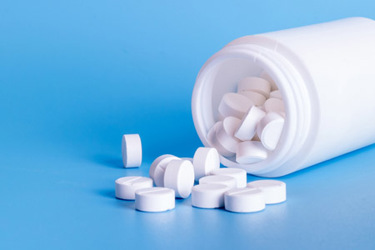Selecting In Vitro Dissolution Methodologies For Amorphous Solid Dispersions
By Deanna Mudie Ph.D., Principal Scientist, Lonza

Achieving good in vivo performance is a key attribute for ensuring safety and efficacy of oral solid dosage (OSD) forms intended for systemic delivery. Yet, new drug targets and mechanisms of action continue to drive drug candidates’ physical properties towards poorly soluble, biopharmaceutics classification system (BCS) II or IV designation.1 Applying bioavailability enhancement techniques can help improve not only the water solubility and oral absorption of OSD drug products but also increase patient safety, efficacy, and compliance. With the availability of so many types of in vitro dissolution tests, though, how do you determine which one will be most effective in predicting in vivo performance of your BCS II or IV drug product?
Get unlimited access to:
Enter your credentials below to log in. Not yet a member of Bioprocess Online? Subscribe today.
